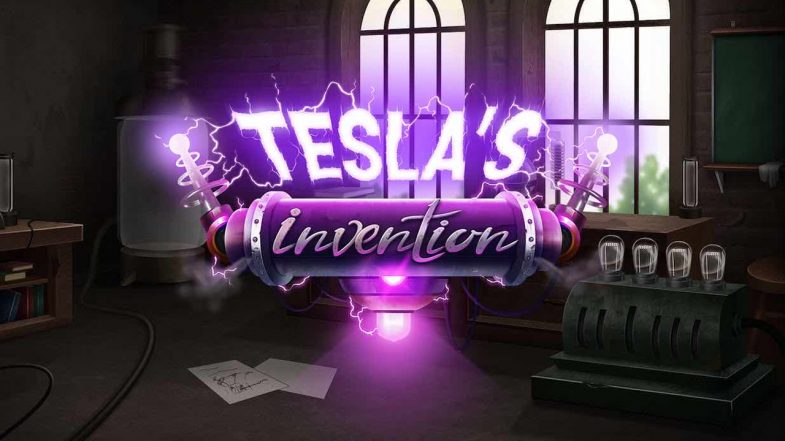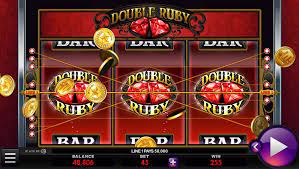
Tesla's Invention Slot
Tesla’s Invention Slot is an intriguing concept that encapsulates the sheer brilliance and creativity of one of history’s most visionary inventors, Nikola Tesla. His work not only influenced the development of modern electrical systems but also laid the groundwork for various technologies we utilize today. From alternating current to wireless communication, Tesla’s contributions have been both profound and far-reaching. This blog post aims to dive deep into this ok9 remarkable mind, exploring how Tesla filled his “invention slot” with groundbreaking ideas and innovations that transformed our understanding of technology.
The Innovative Mind of Tesla’s Invention Slot
Nikola Tesla was not just an inventor; he was a visionary who foresaw the future of technology in ways that were often ahead of his time. His unique ability to conceptualize complex systems and turn them into reality set him apart from his contemporaries. Understanding his thought process can provide invaluable insights into how innovation occurs and how certain individuals seem particularly adept at pushing the boundaries of what is possible.
The Early Years: A Foundation of Curiosity
Tesla’s formative years were marked by an insatiable curiosity and an intense passion for science.
From a young age, he displayed an extraordinary aptitude for understanding physical principles. Born in Smiljan, Croatia, in 1856, his early exposure to electricity and magnetism ignited a flame of curiosity that would drive him throughout his life.
His education at the Polytechnic Institute in Graz and later at the University of Prague provided him with a solid grounding in physics and mathematics. These formative experiences helped shape his revolutionary ideas. It was during these years that he developed a knack for visualizing complex mechanical systems in his mind — a skill that would prove crucial in his later inventions.
Tesla’s thirst for knowledge didn’t stop at formal education. He voraciously read scientific literature and engaged with fellow scholars and inventors. This blend of formal education and self-directed learning fostered an innovative mindset that enabled him to think beyond existing paradigms. He believed in harnessing the power of nature rather than merely conforming to established norms, and this principle would guide him throughout his career.
The Birth of Groundbreaking Ideas
Inventions don’t emerge in a vacuum; they are often the culmination of years of exploration and experimentation.
Tesla’s expertise in electrical engineering allowed him to explore ideas that others deemed impossible. One example is his work on alternating current (AC) systems, which revolutionized the way electricity was transmitted over distances. Unlike direct current (DC), which was limited by voltage drop over distance, AC allowed for efficient power distribution across vast areas.
This innovation wasn’t just about technical advancement; it represented a paradigm shift in how society could harness energy. Tesla saw the potential for electrification to transform daily life, making it more convenient and accessible. This vision was instrumental in shaping the modern electrical grid, laying the foundation for how we consume electricity today.
Another significant idea that emerged during this period was Tesla’s concept of wireless transmission. He was captivated by the notion of transmitting energy through the air without wires, a radical departure from the conventional methods of electrical distribution. His experiments with high-voltage, high-frequency currents led to the development of the Tesla coil, a device that allowed him to demonstrate wireless transmission of electricity. This invention was not merely a demonstration of technological possibility; it was a glimpse into a future where connectivity could transcend physical barriers.
Challenges and Setbacks
While Tesla’s journey was marked by remarkable achievements, it was also fraught with challenges and setbacks.
Despite his groundbreaking ideas, Tesla often struggled to find financial backing. His ambitious projects required significant investment, and many investors were hesitant due to the risks involved. This lack of funding sometimes forced him to abandon or delay projects that had the potential to change the world.
Moreover, Tesla faced fierce competition from other inventors, notably Thomas Edison, who championed direct current systems and actively campaigned against AC technology. The infamous “War of Currents” pitted Tesla’s vision against Edison’s, creating a narrative that highlighted the clash between two different ideologies regarding electricity. Tesla’s relentless pursuit of his ideals, despite these adversities, underscores his commitment to innovation and his belief in the transformative power of electricity.
Tesla’s challenges serve as a reminder that great ideas often come with obstacles. His story emphasizes the importance of perseverance, adaptability, and unwavering belief in one’s vision. Even when faced with significant hurdles, Tesla remained focused on filling his invention slot with ideas that pushed the boundaries of what was possible.
The Invention Slot: A Unique Perspective on Creativity
The concept of an “invention slot” can be understood as a metaphorical space in which creative ideas flourish. For innovators like Tesla, this slot becomes a repository for their thoughts, dreams, and experiments. It’s a dynamic space where inspiration meets application, and where imagination transforms into tangible reality.
The Process of Filling the Invention Slot
Filling the invention slot isn’t a linear process; it involves exploration, experimentation, and constant iteration.
Tesla’s approach to creativity was characterized by a combination of rigorous scientific inquiry and imaginative thinking. He would often begin with a core concept, such as the principles of electromagnetism, and then allow his mind to wander into uncharted territories. This free-flowing thought process enabled him to draw connections between seemingly unrelated ideas, leading him to innovative solutions.
One key aspect of filling this invention slot is the ability to envision practical applications for theoretical concepts. Tesla had a unique gift for translating abstract ideas into concrete inventions. For instance, his early explorations of wireless communication weren’t merely theoretical musings; they evolved into practical inventions that paved the way for technologies such as radio and remote control.
Moreover, Tesla embraced failure as a crucial component of the creative process. He viewed setbacks not as defeats but as opportunities for growth and learning. This mindset allowed him to experiment freely without the fear of failure stifling his creativity. By continuously trying new approaches and refining his ideas, Tesla’s Invention Slot was able to fill his invention slot with a rich tapestry of innovative concepts.




